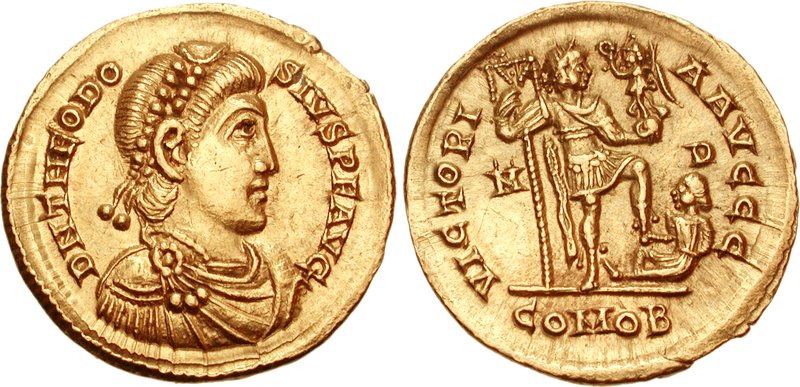Main Points
- Condition, historical significance, and rarity are the factors that contribute to the value of Solidus coins.
- The market value of the coin is determined by its mintage, historical events, and demand.
- Collectors need to consider the coin’s grading, which can range from good to mint state.
- Reviewing auction results and price guides can help you understand current market trends.
- Understanding the influence of the Byzantine Empire is critical to determining the value of a solidus coin.
Table of Contents
Getting Started with Valuing Solidus Coins
Valuing solidus coins can be an exciting dive into history. These coins, minted during the Byzantine Empire, are more than just pieces of gold. They are historical artifacts with a value that extends beyond their gold content. Their value is influenced by factors such as rarity, condition, and demand. Let’s take a closer look at what drives the value of these coins and how you can determine their true worth.
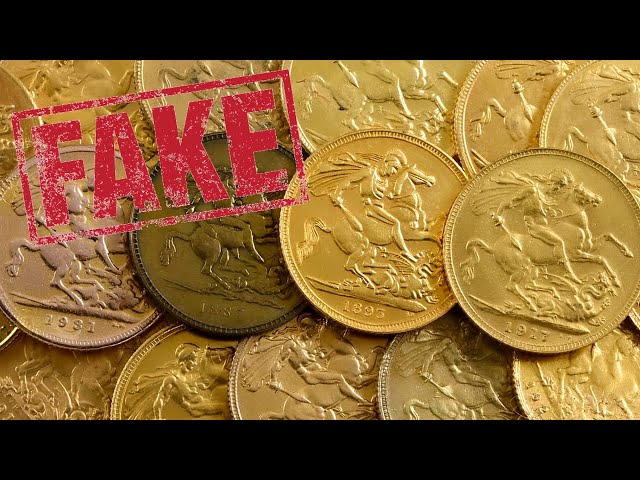
The Importance of Solidus Coins
Solidus coins are a significant part of numismatics. They were crucial to the economy of the Byzantine Empire and were used for trade throughout Europe and Asia. The historical importance of these coins is vast. Each coin has a story to tell about emperors, battles, and the extensive influence of the empire. They are treasured by both collectors and historians for these reasons.
Elements Influencing Market Prices
There are multiple elements that dictate the market prices of solidus coins. The coin’s scarcity, historical significance, and condition are crucial. Furthermore, market demand and economic circumstances can affect prices. For example, a coin associated with a famous emperor or event may command a higher price because of its historical appeal.
Collector’s Perspective
From a collector’s point of view, it’s critical to understand the worth of solidus coins. This understanding helps them make informed purchasing choices and curate a diverse collection. A collector should take into account the coin’s historical significance, scarcity, and state of preservation. This insight not only enhances their collection but also deepens their enjoyment and respect for history.
Scarcity and Historical Significance
Scarcity plays a vital role in determining the value of solidus coins. Coins that were produced in small quantities or during certain eras are typically more desirable. The historical significance of a coin can also increase its appeal. A coin that was present during a momentous occasion or that was owned by a famous leader can be a valuable asset. For those interested in expanding their collection, it’s important to understand how to collect coins without getting burned.
What Coin Mintage Means
Coin mintage is the term for the number of coins that have been made. Solidus coins that have a lower mintage are usually more rare and therefore more valuable. Collectors should look into the mintage numbers and historical records to determine how rare a coin is. For instance, coins that were minted during the time of Justinian I are very sought after because they are historically significant and there aren’t many of them.
The Impact of History
History plays a major role in the value of solidus coins. Coins that were minted during important historical events, such as the fall of Constantinople, have a lot of historical significance. These coins are valuable not only for their gold content, but also for the history they represent. Coin collectors should research the history behind each coin to fully appreciate its value.
The Story of Byzantine Empire’s Impact
The Byzantine Empire had a deep impact on solidus coins. The extensive scope and opulent history of the empire are mirrored in the coins’ designs and inscriptions. To truly comprehend the coins, collectors should become well-versed in the history of the empire. Knowing the political and cultural importance of the era can shed light on the coin’s worth.
- The Byzantine Empire was renowned for its detailed coin designs.
- Coins frequently depicted emperors and religious symbols.
- Each coin offers a snapshot of the empire’s expansive history.
Effect of Wear and Tear
Wear and tear can greatly influence a coin’s value. Coins can lose their sharpness and detail over time due to handling and environmental conditions. For solidus coins, the level of wear can make the difference between a valuable collector’s piece and an ordinary item. Coins in mint condition, with little signs of wear, are more sought after.
For collectors, it is crucial to closely inspect coins for signs of wear. Smooth areas, worn inscriptions, and any loss of detail can all lower a coin’s value, even if it is historically significant. Proper coin care is key to preserving its market value.
How to Store Your Coins
Knowing how to store your solidus coins can help you preserve their value. You should keep them in a controlled environment that’s free from humidity and extreme temperatures. Store them in acid-free holders or albums to prevent chemical reactions that could cause the coins to become tarnished. Also, make sure your hands are clean when you handle them, or wear cotton gloves to prevent the transfer of oils and dirt.
Regularly check your coins for any signs of damage or wear and tear. If you notice any problems, contact a professional conservator. Preservation is important not only for protecting your investment but also for ensuring the coin’s historical integrity is preserved for future generations.
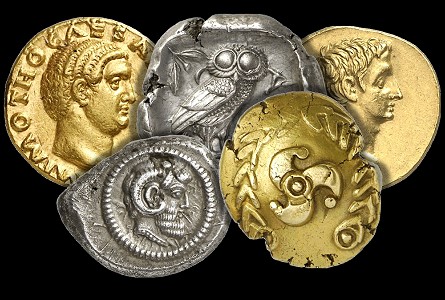
The Importance of Original Luster
Original luster is the natural gleam a coin has when it first comes off the mint. This shine plays a crucial role in assessing a coin’s condition and worth. A solidus coin that has retained its original luster is typically more valuable than one that has lost its gleam from wear or mishandling.
Minimizing a coin’s exposure to air and light can help preserve its luster. Storing coins in airtight holders can also help maintain their original appearance. Keep in mind that a coin’s luster can provide insight into its history and journey, which is a key factor in determining its overall value. For more tips on valuing coins, check out this comprehensive guide.
Popularity and Rarity
The popularity of a solidus coin can greatly affect its value. If a coin is in high demand, its price will naturally be higher. The things that make a coin popular include how rare it is, its historical importance, and current market trends.
Knowing what makes a coin collectible can guide you in making the right choices. Some coins are more sought after because of their unique designs or historical context. Others might be part of a popular series or linked to a famous historical figure. Collectors should keep themselves updated on what is currently in demand to maximize the value of their collection.
Staying Up-to-Date with the Market
It’s crucial to stay informed about what’s going on in the current market when valuing solidus coins. The numismatic market is ever-changing, with prices going up and down based on the interest of collectors and the state of the economy. By keeping an eye on these trends, you can figure out the best time to either purchase or sell a coin.
- Keep an eye on auction results to get a sense of what’s hot in the market.
- Stay updated with numismatic publications and forums for expert advice.
- Connect with fellow collectors to exchange knowledge.
Moreover, keeping up with trends can help you strategize your collection. If you notice certain coins gaining popularity, it might be a good idea to get them before their prices go up.
For example, if a new stash of coins is discovered, it might become popular for a short time, leading to an increase in demand. If you stay informed, you can anticipate these trends and make decisions at the right time. To learn more about the historical significance of coins, check out U.S. gold coins and their role in history.
Collector Interest
Collector interest can have a significant impact on a coin’s value. Coins that are linked to well-known historical figures or events typically attract more attention. Collectors may be attracted to a coin due to its distinctive design or the narrative it conveys.
Knowing what makes a coin desirable can assist you in finding valuable pieces to add to your collection. Interacting with other collectors, whether through online platforms or at coin shows, can give you a sense of what others find attractive.
Effect of Economic Conditions
The state of the economy can also affect the demand for solidus coins. When the economy is doing poorly, collectors may be less inclined to splurge on high-value coins, which can cause prices to drop. On the other hand, when the economy is doing well, there may be increased competition for rare coins, which can push prices higher.
By keeping up with the wider economic trends, you can more effectively navigate the numismatic market. This knowledge enables you to make strategic decisions about when to buy or sell, maximizing the potential return on your investment.
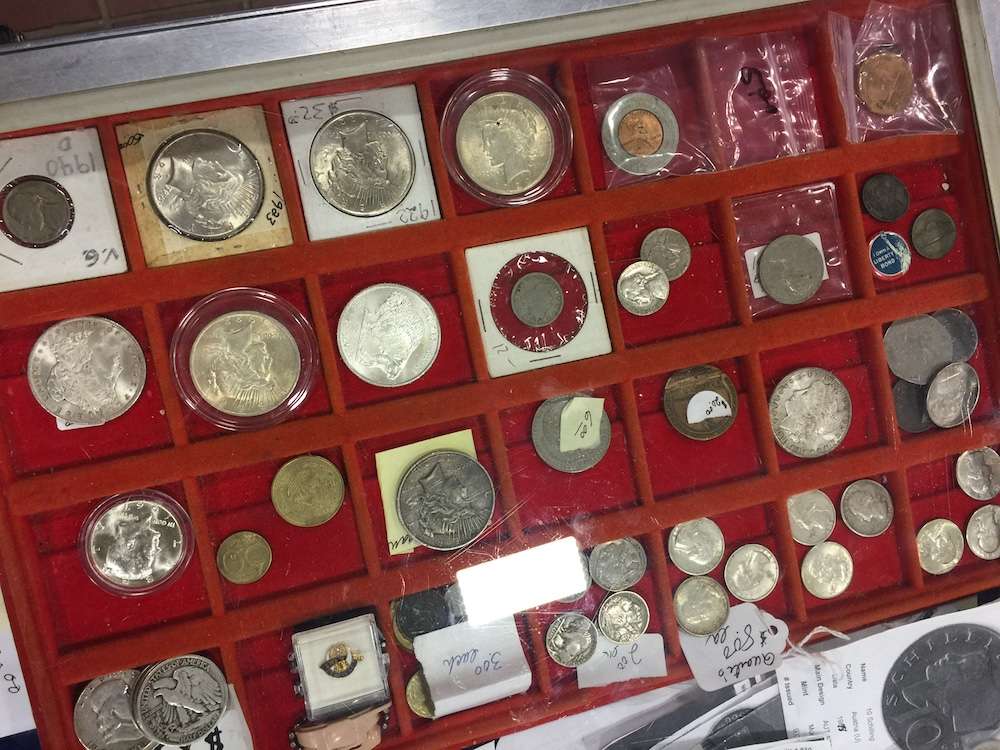
Investigating Market Worth
Investigation is crucial when it comes to figuring out the market worth of solidus coins. Detailed investigation can give a better understanding of a coin’s value and assist you in making educated choices. Making use of different resources, like auction outcomes, price manuals, and professional views, is vital.
By putting these resources together, you can get a well-rounded picture of a coin’s current market value and its future potential. This knowledge is priceless for buying and selling coins in the competitive coin collecting market. For example, understanding the differences between genuine and fake gold rush coins can be crucial for collectors.
Using Auction Results
Auction results are a great tool to gauge the current market value of solidus coins. They offer concrete data on what collectors are prepared to pay for specific coins. Looking at past auction results can give you a feel for a coin’s price range and level of demand.
Using Price Guides
Another important tool for valuing solidus coins are price guides. These provide standardized prices based on factors like the condition of the coin, how rare it is, and its historical importance. By regularly using these guides, you can stay up-to-date on market trends and make smarter decisions when buying or selling.
Consulting with Coin Collecting Professionals
In conclusion, consulting with coin collecting professionals can provide valuable information on the value of solidus coins. Professionals can offer valuations, tips, and support based on their vast knowledge and experience. Building connections with trustworthy sellers and valuators can be advantageous for any collector.
Wrapping Up Solidus Coin Valuation
When it comes to valuing solidus coins, you need a mix of historical understanding, market knowledge, and a sharp eye for detail. These coins are more than just money; they’re artifacts from a time long past, each one with its own tale to tell. Getting to know the different elements that add to their worth can improve your coin collecting journey and investment opportunities.
Key Factors to Keep in Mind
When determining the worth of a solidus coin, you should take into account its scarcity, historical importance, and state. Coins that have a special narrative or link to a momentous occasion often have a higher worth. Moreover, the coin’s preservation status and original shine can significantly affect its market price. Stay updated on market tendencies and use trustworthy sources to make sure you’re making knowledgeable choices.
How to Make Educated Choices
If you want to make educated choices in the coin collecting market, use a variety of tools and resources. Always check price guides and auction results to get a sense of what’s happening in the market right now. Talk to coin collecting experts and join coin collecting communities to get tips and advice. This will help you understand the complicated world of coin values with confidence and accuracy.
Upcoming Changes in Coin Valuation
Technological advancements and shifts in what collectors are interested in will likely have a significant impact on the future of solidus coin valuation. The market is becoming more accessible due to digital platforms and online auctions, while new finds and historical research are constantly changing what collectors are interested in. In this constantly changing environment, the ability to adapt and stay informed will be crucial.
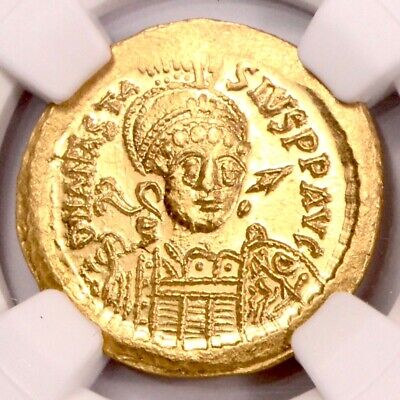
Common Questions
If you’re getting into solidus coins, there are a few questions you might come across. I’ll answer some of them here to make things a bit easier for you.
What factors contribute to the rarity of a solidus coin?
The rarity of a solidus coin is typically influenced by the number of coins minted, the historical significance, and the quantity of surviving coins. Solidus coins from limited mintage or those tied to important historical events are generally deemed rare and hold a higher value.
How does a coin’s history impact its worth?
Coins with a rich history are often more intriguing and desirable. If a coin is associated with a significant event, ruler, or time period, it often has a higher value because of its historical significance and cultural importance.
Why does the condition of the coin matter?
The condition of a coin matters because it tells the story of the coin and how well it was preserved. A coin in great condition with little wear and tear and original luster is typically more attractive to collectors because it has more of its original detail and charm. To ensure your coins remain in top condition, consider using airtight holders for preservation.
Where can I find dependable coin price guides?
You can find dependable coin price guides in numismatic publications, online platforms, and through reputable dealers. These guides offer standardized pricing and market insights, which can help collectors make informed decisions.
What effect do economic conditions have on coin demand?
The state of the economy can influence the demand for coins by affecting how much money collectors have to spend and how interested the market is. When the economy is doing well, the demand for rare and valuable coins may go up, while economic downturns can cause interest to drop and prices to go down.
- Keep up to date with market trends and the state of the economy.
- Make a habit of checking price guides and the results of auctions.
- Connect with numismatic experts and communities of collectors.
- Take into account the historical importance and condition of coins.
- Store coins correctly to keep their value intact.
In summary, the worth of solidus coins is a complicated mixture of history, rarity, condition, and demand in the market. By grasping these factors and making use of the resources available, collectors can navigate the numismatic market successfully and appreciate the rich narratives these coins bring with them.

